The Chardonnay
This year we process around 55 t of grapes, growing season took place normally with less rain than 2017 which it makes things much easier in the cellar.

Indeed, grapes were pretty ripe and in a good sanitary status with little work to be done at the sorting table.

After receiving the grapes into the cellar at a temperature of around 12 C, we did a first sorting on the clusters to remove MOG (material out grapes: mainly leaves, bugs, small stones eventually) and not good berries.
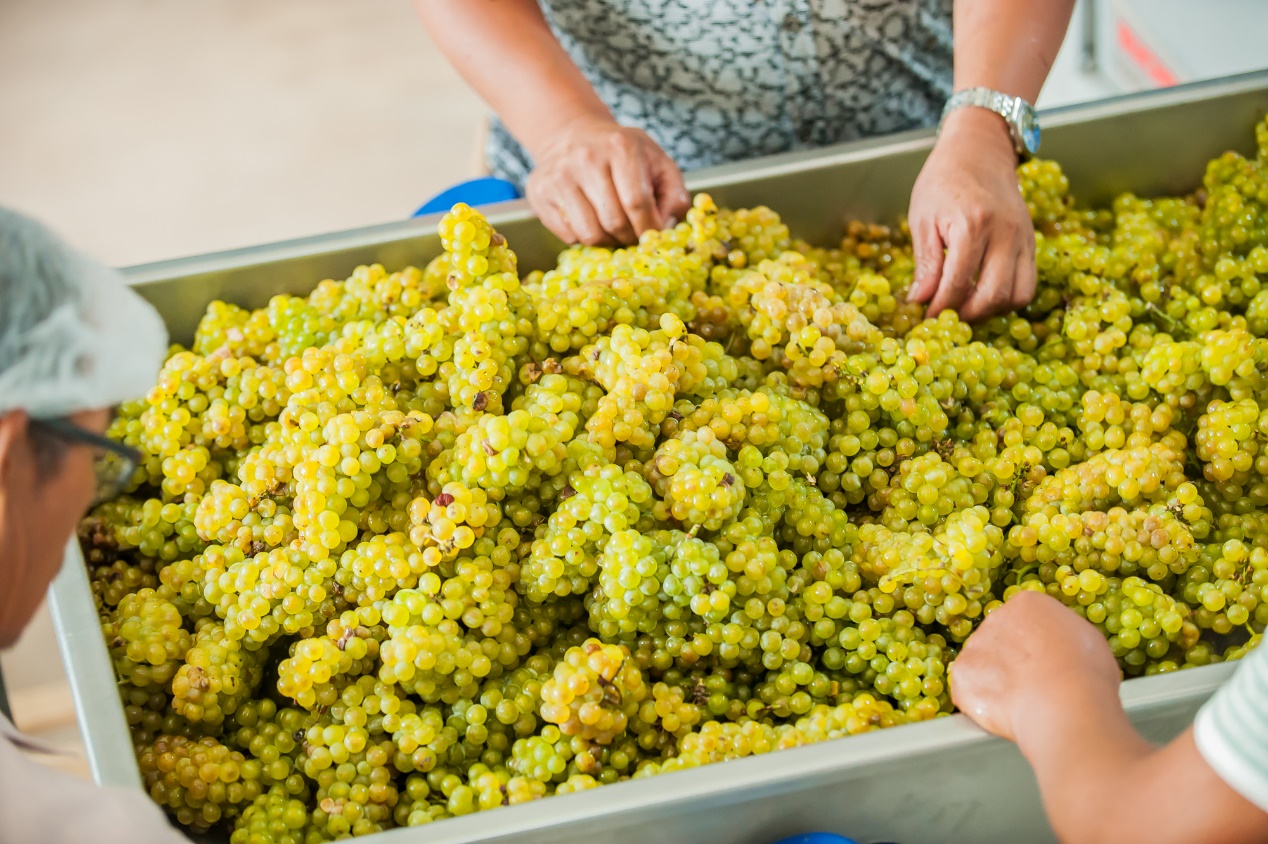
We usually employed around 6 to 8 people do to this operation, even more if necessary, since is very important for us to just use the best grapes to achieve the highest quality in our final wine. This year 6 people were enough since grapes were pretty good.
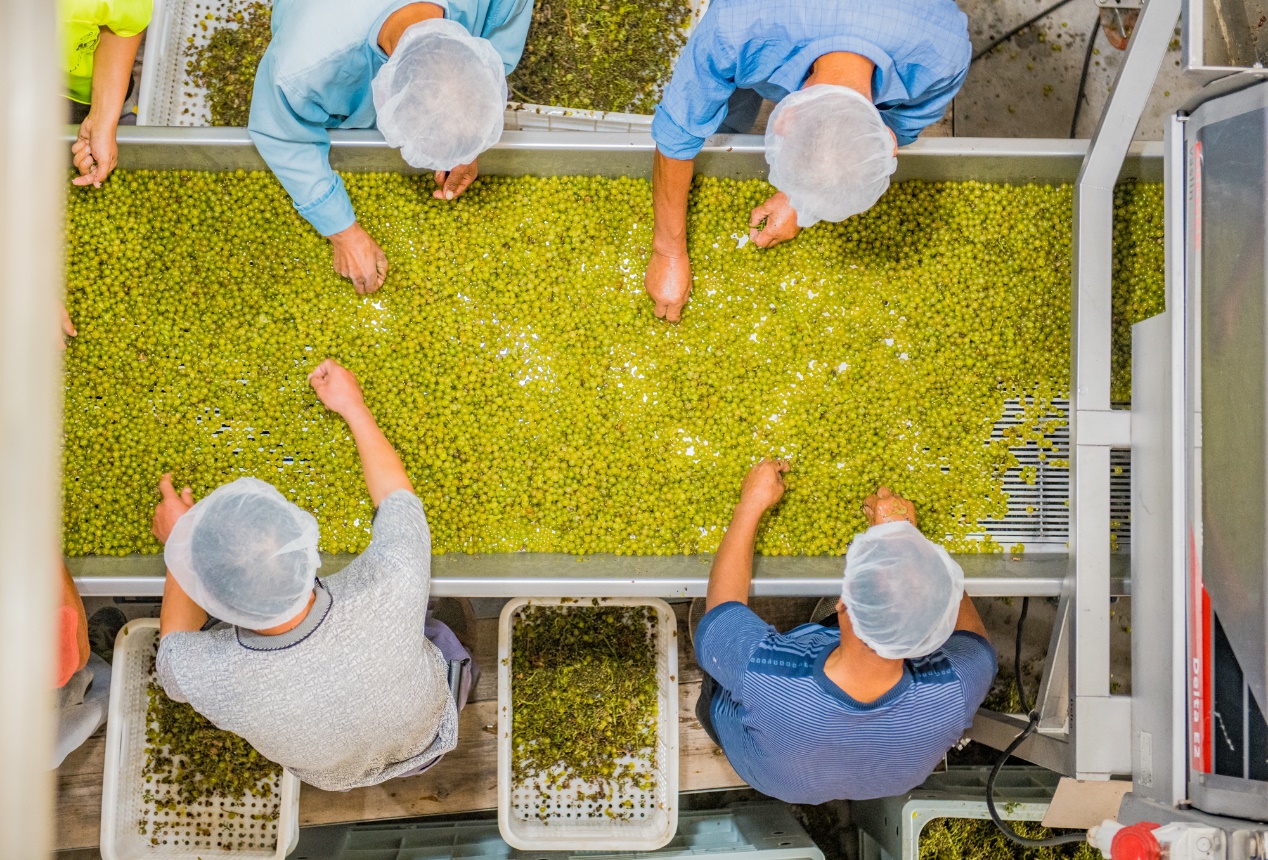
Grapes were then destemmed (stems removal) and softly crushed before to convey into the press machine.
Once the press machine was full we started running the press cycle which gentle pressed the grapes to obtain only the juice. We divided the juice into 2 batches, free run juice (coming out from juice draining and low-pressure cycle) and the press juice (obtained by squeezed the grapes ‘till a pressure of 2 bar).
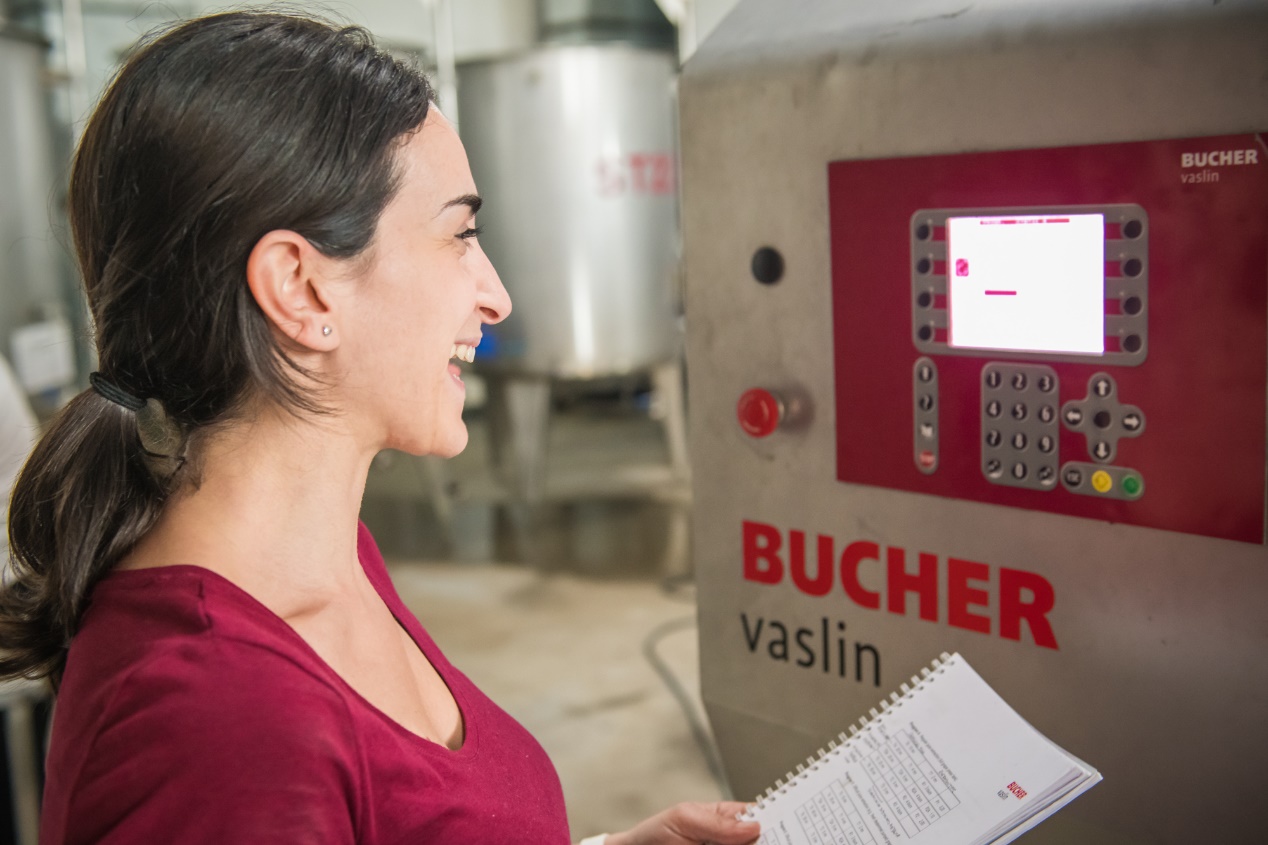
Juices were then left to settling overnight at low temperature in order to have a clean juice before start fermentation. They came out very clear, showing a nice level of fruitiness with any (no) green aromas or flavors.
They are now starting to ferment and hopes to make a fantastic wine are very high, we will see!
 Reds
Reds
This year we processed around 210 t of red grapes, which were pretty ripe and in a good sanitary status thanks to a better growing season compared to 2017 vintage which it made things much easier in the cellar.
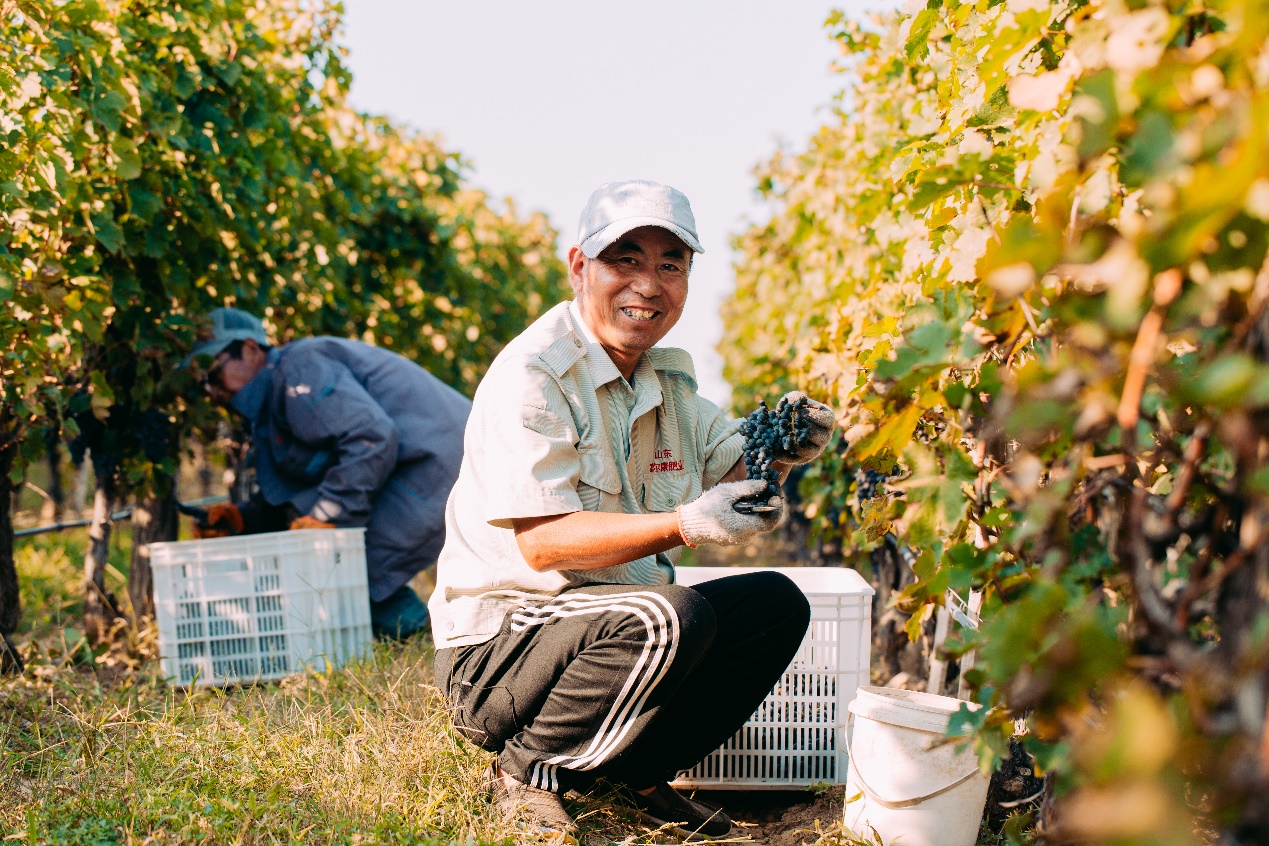
After receiving the grapes into the cellar, we did sort the grapes twice, first on the clusters to remove MOG (material out grapes: mainly leaves, bugs, small stones eventually).
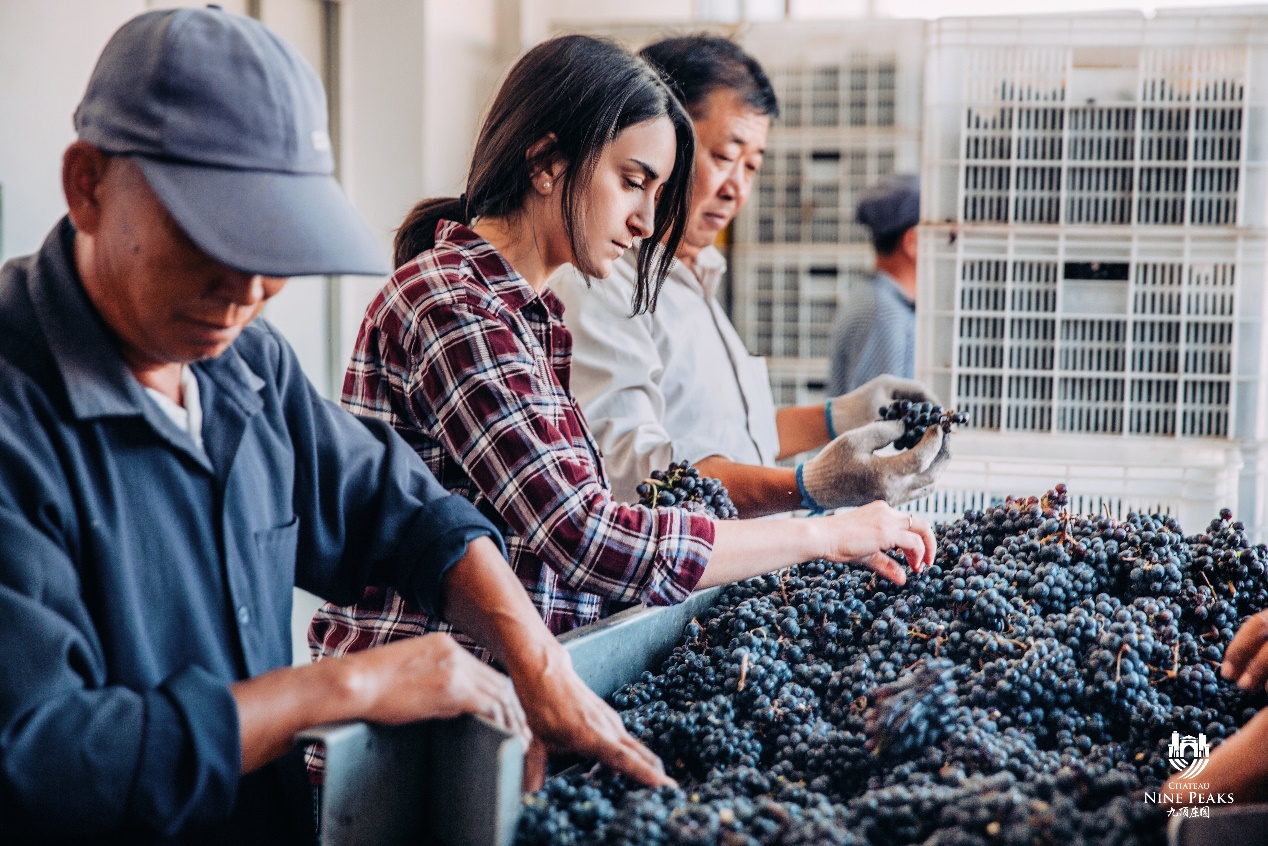
Grapes were then destemmed, and a second sorting was carried out on the berries to select only the ripest ones. We then softly crushed the berries before to transfer them into the fermentation tank for a preliminary cold maceration.

After about one week of cold maceration, the fermentations took place and they were easily completed. During this time, we performed different cellar operations to enhance extraction and we daily monitored fermentation kinetics and temperature.
We let the wines finish the second fermentation (malolactic fermentation) in tanks before transferring them to oak barrels for ageing.

The wines, at this stage, are looking great, displaying nice deep color, good structure and freshness, let us foreseeing 2018 as one of the best vintage for C9P.
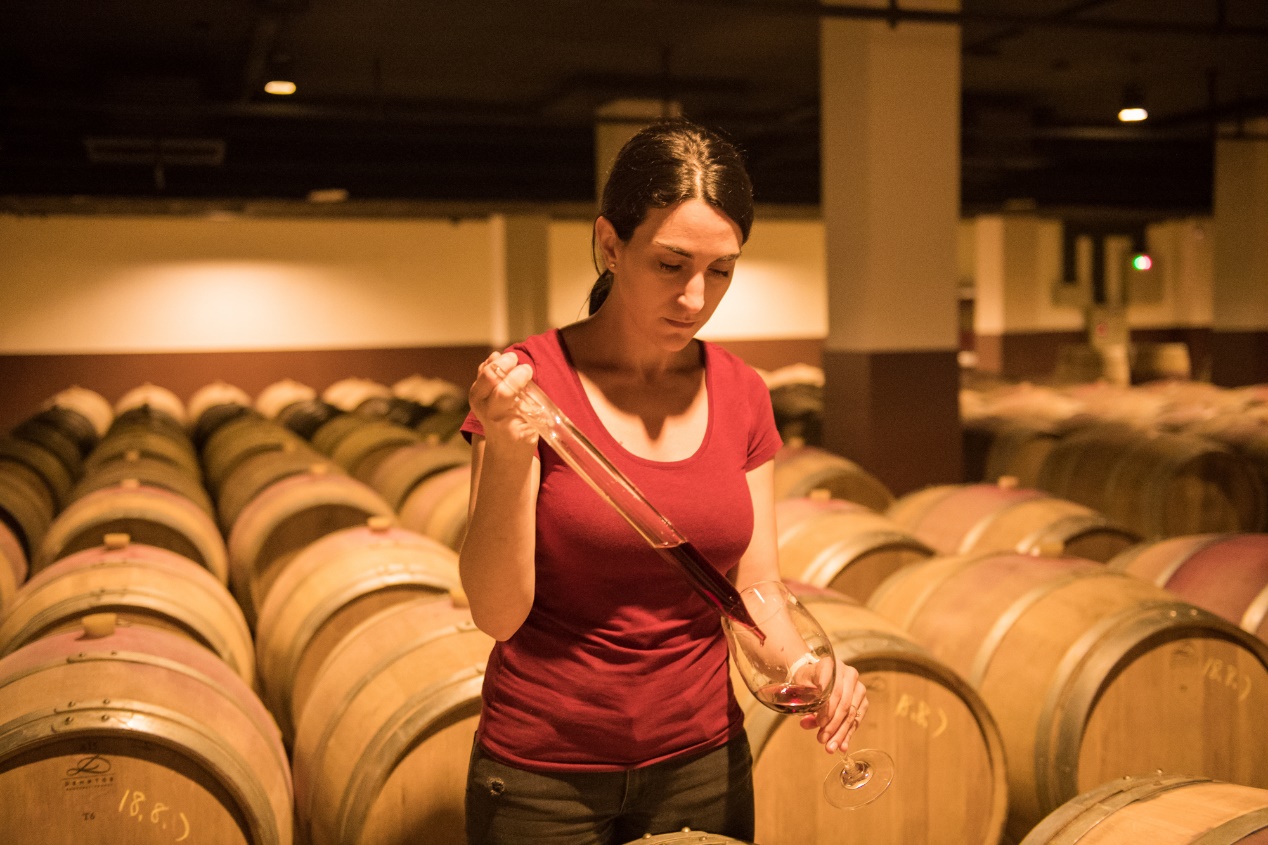
We are now patiently waiting, and we look forward to the blending session in the next 12 – 18 months. Time will tell us if the hard work will be paid off.
Cheers!












